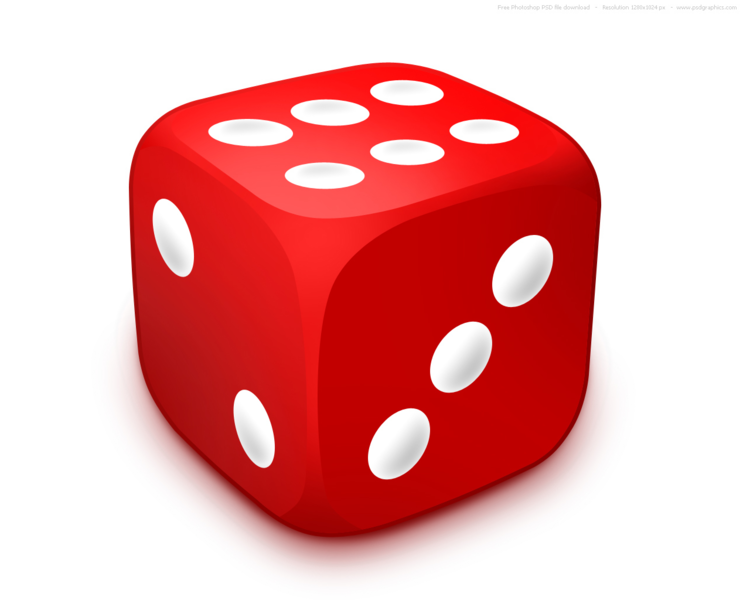Dice Rolling To Infinity
Probability
Level
3
 A fair six-sided dice is thrown. X denotes the number of throws up to and including the first even number thrown. What is the probability that X is an odd number?
A fair six-sided dice is thrown. X denotes the number of throws up to and including the first even number thrown. What is the probability that X is an odd number?
1/2
5/6
2/3
4/5
This section requires Javascript.
You are seeing this because something didn't load right. We suggest you, (a) try
refreshing the page, (b) enabling javascript if it is disabled on your browser and,
finally, (c)
loading the
non-javascript version of this page
. We're sorry about the hassle.
Take a look at how you can achieve odd X . O represents an odd roll and E represents an even roll.
By definition, the sequence of rolls will be O , O , … , O , E for some number of O ′ s. E and O have equal probabilities of 2 1 . Since there is only 1 way to achieve a certain value of X for any given X (it MUST be consecutive O ′ s ending with an E ), then the probability of achieving a given value of X is 2 X . If X is odd, then X ∈ { 1 , 3 , 5 … } .
The probability is equal to the following.
2 1 1 + 2 3 1 + 2 5 1 + … = 2 1 + 8 1 + 3 2 1 + … = i = 0 ∑ ∞ ( 2 1 ) 2 i + 1 = j = 0 ∑ ∞ 2 1 × ( 4 1 ) j = 1 − 4 1 2 1 = 4 3 2 1 = 3 2